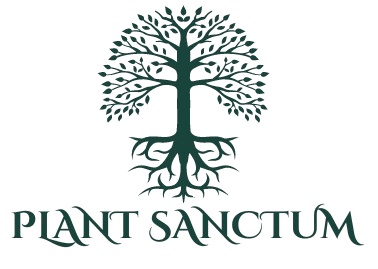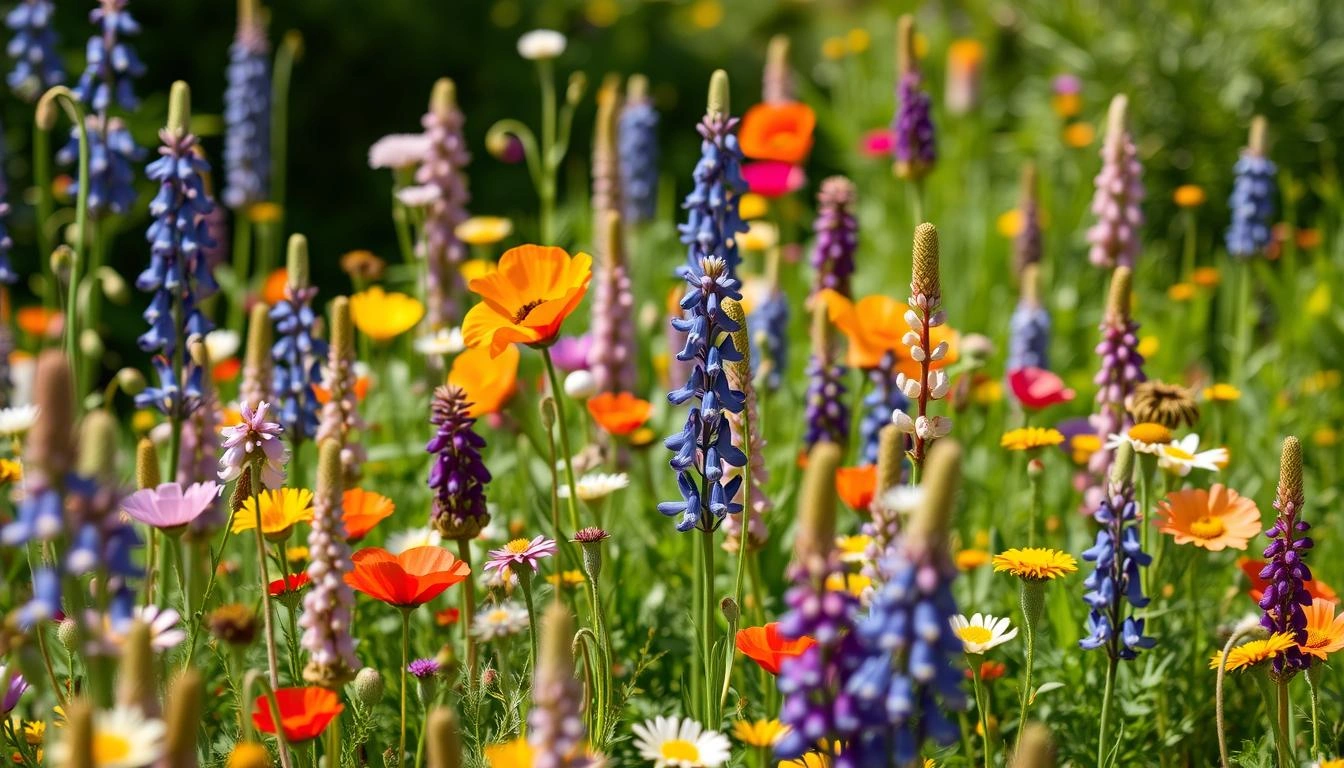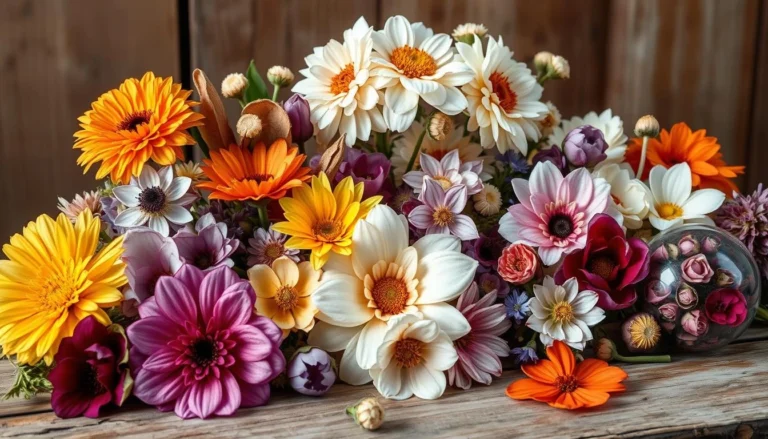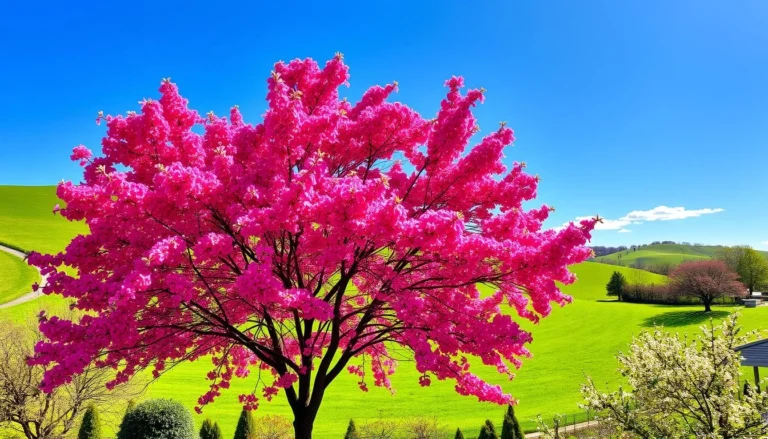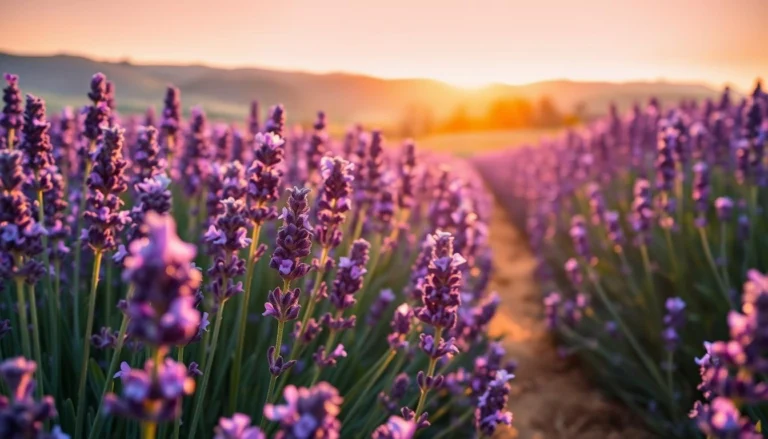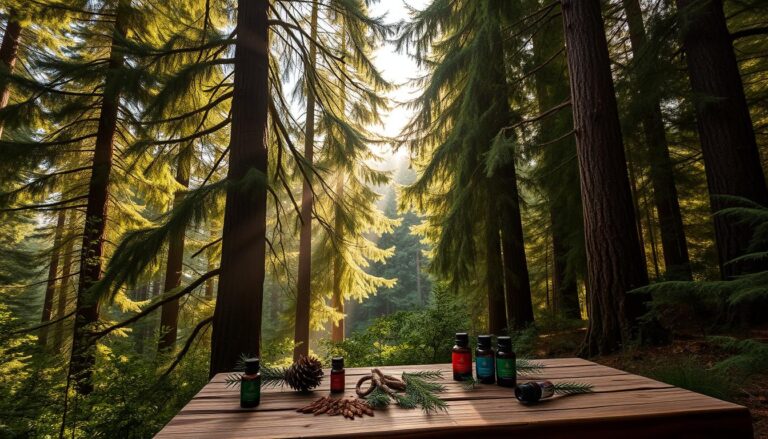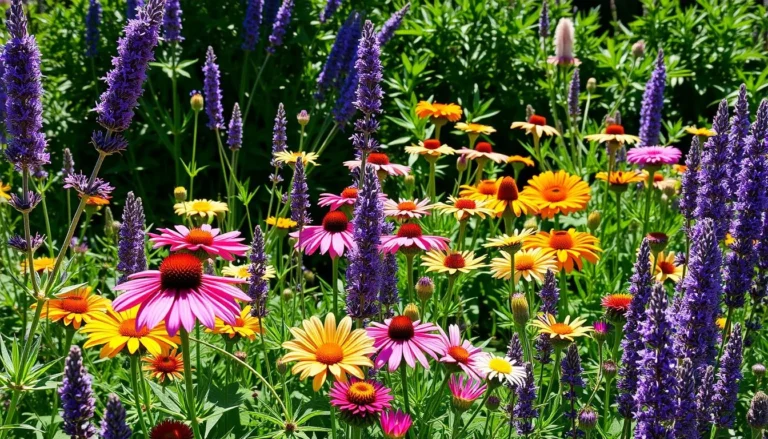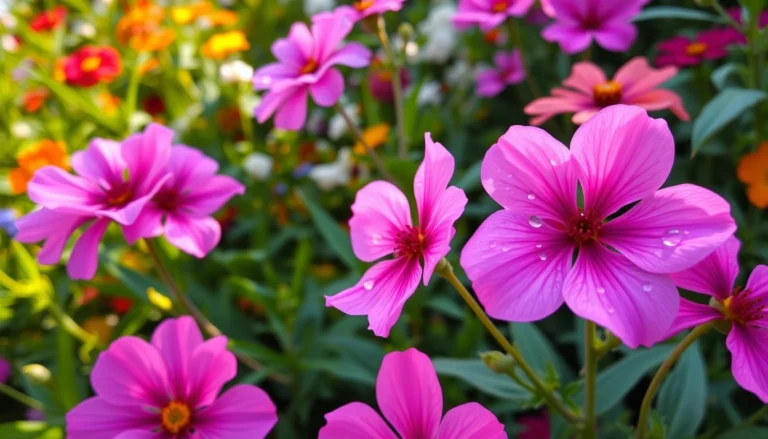“Wildflowers Uncovered: 10 Hidden Gems for Growing Vibrant Blooms in Your Garden!”
Ready to make your garden a colorful oasis? Wildflowers are the key to a stunning, eco-friendly space that draws pollinators and celebrates nature1. Discover the beauty of California Poppies and Bluebonnets, the hidden gems that can transform your garden. Explore the magical world of wildflowers and learn to grow a vibrant meadow in your backyard.
Key Takeaways
- Wildflowers offer unique regional diversity, with iconic blooms like the California Poppy and Bluebonnet1
- Popular wildflower varieties include the Sunflower, Bluebonnet, California Poppy, Black-Eyed Susan, and Purple Coneflower1
- Creating a successful wildflower meadow requires selecting a sunny location and using native seeds1
- Wildflowers provide essential habitats and food sources for pollinators like bees and butterflies1
- Incorporating native wildflowers can enhance biodiversity and ecological support in your garden1
The Essence of Wildflowers
Wildflowers are nature’s colorful surprises, often seen as just any wild plant. These plants are tough and native, with special traits that make them stand out. Wildflowers have adapted to their local environment over time, adding diversity to our landscapes and providing essential habitats for wildlife.2
What Defines a Wildflower?
Unlike garden flowers, wildflowers aren’t bred for specific traits. They grow naturally in their native places, thriving in the soil, climate, and ecosystem that has shaped them over generations. The essential oils and fragrances of wildflowers, such as the night-blooming Moonflower, the calming French Lavender, the thorny yet delicate Rose, the seductive Gardenia, and the opulent Champa Magnolia, are a testament to their resilience and adaptation.2
Wildflowers and Their Regional Diversity
Wildflowers vary greatly across different landscapes. Each region has its own unique flora, shaped by climate, geography, and local ecosystems. The Japanese Peony, with its delicate lemon-rose scent, and the ever-changing notes of the Orange Blossom, are just a few examples of the floral diversity found in nature.2 Understanding these regional differences is key to appreciating and growing wildflowers in your area, as they thrive best in the environments they have adapted to over time.
“Wildflowers are nature’s gifts, each one a unique expression of the land that nurtures them.”
| Wildflower Variety | Defining Characteristics |
|---|---|
| Moonflower | A night-blooming flower known for being more fragrant to attract pollinators in the dark2. |
| French Lavender | Described as one of nature’s most potent fragrances, calming the chaos of life, and noted for its clean, perfect, and forever aroma2. |
| Rose | The essential oil of rose, steam-distilled, reflects its thorny resilience and strength alongside its delicate beauty2. |
| Jasmine | Commonly referred to as the queen of flowers, features an essential oil blend of jasmine sambac, neroli orange blossom, and tangerine2. |
| Gardenia | Noted for their creamy white blossoms and intoxicating musk fragrance that seduces steadily2. |
| Japanese Peony | Blooming every spring on trees in the north of Japan, with a delicate and soft lemon-rose scent accentuated by Bulgarian rose2. |
| Orange Blossom | Highlighted for their ever-changing notes and the mingling of citrus and fragrant blossoms2. |
| Champa Magnolia | Described as opulent with an intensely floral aroma2. |
Popular Wildflower Varieties
Wildflowers come in many colors and shapes, catching the eye of gardeners and nature lovers. The Sunflower and Bluebonnet are just a few examples. These plants grow well in different places and show off their beauty in stunning ways. Let’s look at some of the most loved wildflower types:
- California Poppy (Eschscholzia californica): This bright orange flower spreads easily, making gardens look natural3.
- Black-Eyed Susan (Rudbeckia hirta): A favorite in the U.S., these flowers are deer-resistant and easy to care for43.
- Purple Coneflower (Echinacea purpurea): Known for their health benefits, these flowers attract butterflies and bees, adding magic to gardens3.
- Bluebonnet (Lupinus texensis): Texas’s state flower, these flowers grow 12 to 18 inches tall and wide, thriving in Zones 2 to 85.
- Sunflower (Helianthus): A symbol of summer, these tall, golden flowers can grow up to 12 feet high.
There are countless wildflower types that brighten gardens and natural areas everywhere. From the tiny Baby Blue Eyes to the tough Blanketflower, each has its own colors, sizes, and ways to grow5.
| Wildflower Variety | Bloom Time | Mature Size | Growing Zones |
|---|---|---|---|
| Calico Aster (Aster lateriflorus) | August to October | 2 to 3 feet tall x 2 to 3 feet wide | 4 to 9 |
| Rocky Mountain Penstemon (Penstemon strictus) | May to August | 2 to 3 feet tall x 1 to 3 feet wide | 3 to 8 |
| Common Milkweed (Asclepias syriaca) | N/A | 3 to 5 feet tall x 2 feet wide | 3 to 8 |
| Rough Blazing Star (Liatris aspera) | August to October | 1 to 4 feet tall x 1 to 1.5 feet wide | 3 to 8 |
| Grayleaf Goldenrod (Solidago nemoralis) | June to October | 12 to 24 inches tall x 6 to 24 inches wide | 3 to 9 |
These flowers are not just pretty; they also help local ecosystems and attract pollinators. Whether you’re a gardener or a nature lover, discovering wildflowers can be a journey of wonder543.
Creating Your Own Wildflower Meadow
Imagine turning your backyard into a colorful wildflower meadow. It will attract many pollinators and create a healthy ecosystem. Starting a wildflower meadow is a rewarding project that brings nature’s beauty to your home6.
Step-by-Step Guide to Starting a Wildflower Meadow
To start a wildflower meadow, pick a spot that gets lots of sunlight7. Most wildflowers love full sun, which means six or more hours of direct sunlight a day7. First, clear the area by removing any plants or grasses. You can use black plastic or till the soil to get rid of weeds8.
- Pick a mix of wildflower seeds that fit your climate and soil8. Use ½ pound of seed for every 1,000 square feet or 80 seeds per square foot8.
- Spread the seeds over the soil and rake them in gently8.
- Keep the soil moist for four to six weeks until the seedlings are 4-6 inches tall8.
With a little patience and care, your meadow will grow beautifully. It will need less work than a regular lawn6. In late fall, mow the meadow to help it grow new flowers in spring8. Enjoy the colors and the pollinators they attract all season6.
“Wildflower meadows are not only beautiful, but they also play a crucial role in supporting local ecosystems and preserving botanical diversity.” –8
Creating a wildflower meadow changes your landscape and helps native plants and pollinators6. It’s a way to enjoy nature’s beauty and help the environment6.
Nurturing Your Wildflowers
Tips for Successful Wildflower Cultivation
Creating a wildflower garden needs patience and care. These hardy blooms need some special attention to grow well9. The best time to plant wildflower seeds is in Early Spring (March-April)9. Seeds usually sprout in 1-3 weeks, depending on the type9.
Keeping your wildflower garden healthy means using a light hand. Don’t use fertilizers, as wildflowers do best in poor soil9. It’s good to mow the meadow after the flowers have seeded, from midsummer to autumn9. Cut the growth to 5-10 centimeters (2-4 inches) tall9. Changing when you mow each year helps keep the meadow diverse9.
To make your wildflower garden colorful and varied, plant different species10. America has over 6,000 native wildflower species, making them tough in any weather10. Adding plants that attract bees, butterflies, and other pollinators helps local wildlife and creates a healthy ecosystem10.
With the right care, you can have a wildflower garden that’s good for the planet and looks great11. Big wildflower areas can boost bee numbers and diversity, helping with pollination11. For more tips on improving biodiversity, reach out to the Green Solutions team9.
“Wildflowers are not just beautiful, they are essential to the health of our local ecosystems. By nurturing them with care, we can create a resilient, sustainable garden that supports the natural world around us.”
Educational Resources for Wildflowers
Exploring the world of wildflowers is more than just looking at their colors. There are many educational resources to help you understand and enjoy these plants. Whether you love gardening, study botany, or care about ecological gardening and conservation, you’ll find valuable information.
The Lady Bird Johnson Wildflower Center is a top place for learning about wildflowers. Founded by the former First Lady, it offers lots of info on plant identification, gardening, and native plant education12.
The USDA PLANTS Database is another great resource. It’s run by the U.S. Department of Agriculture. Here, you can find detailed info on native plant species, like their looks, where they grow, and why they’re important13.
If you’re interested in regional flora, check out your state or local Native Plant Society. These groups have events, workshops, and field trips. They’re a great way to meet others who care about conservation in your area14.
| Resource | Focus | Key Features |
|---|---|---|
| Lady Bird Johnson Wildflower Center | Wildflower identification, native plant education, ecological gardening | Comprehensive plant profiles, gardening tips, educational resources |
| USDA PLANTS Database | Botanical resources, regional flora, conservation | Detailed plant species information, distribution maps, ecological data |
| Native Plant Society | Sustainable landscaping, regional flora, conservation organizations | Local events, workshops, field trips, community engagement |
Using these educational resources can help you learn more about wildflowers. You’ll understand their importance in nature and how to care for them. By doing so, you can help protect these beautiful plants for future generations.
“Wildflowers are not just beautiful, they are vital components of healthy ecosystems. By learning about them, we can make informed choices to support their conservation and flourishing.”
Wildflowers: Nature’s Resilient Beauties
Wildflowers are amazing natural wonders that bring many benefits to our world. These plants can grow well in many different places, showing their strong resilience15. They are not just pretty to look at; they also help our ecosystems by giving food and homes to animals and pollinators15.
By adding wildflowers to our gardens and natural areas, we help protect these important resources. This helps create a balanced and sustainable environment.
Wildflowers come in many colors, like bright reds, sunny yellows, deep blues, and vibrant purples15. These colors not only delight us but also add to the variety of plants in our areas16. Choosing the right mix of wildflowers, grasses, and native plants can make a garden that changes with the seasons15. This creates a constant display of nature’s beauty and strength.
Planting a garden with wildflowers, grasses, and native plants can attract many pollinators. This makes outdoor spaces come alive with life and energy15. Having a variety of plants is good for the air, helps pollinators, and keeps our ecosystems healthy16. Wildflower gardens are not just pretty; they are also essential for our environment.
By embracing wildflowers, we help keep our natural landscapes in balance16. Whether you love gardening or just enjoy nature, adding wildflowers to your outdoor spaces can greatly benefit our local ecosystems.
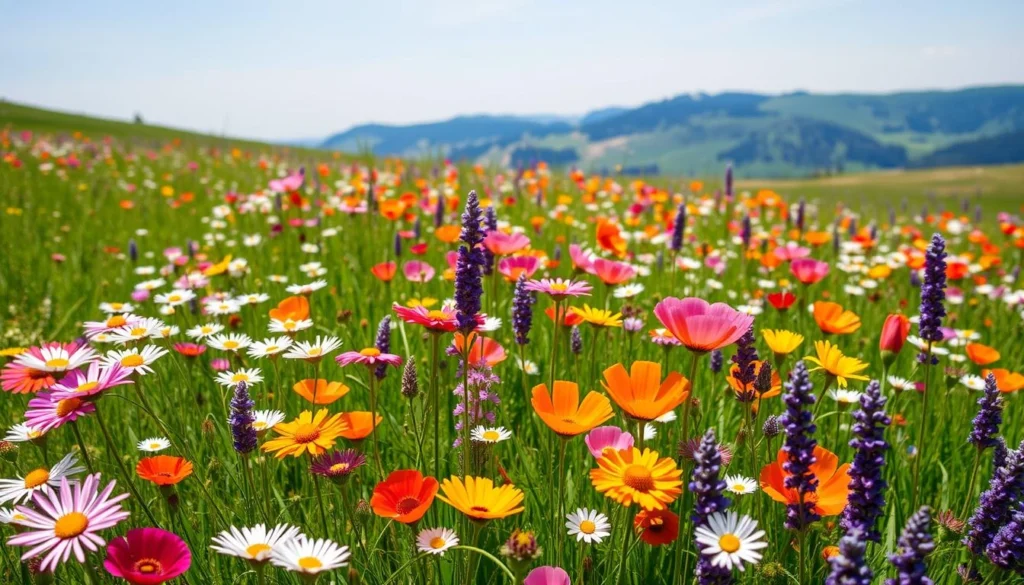
“Wildflowers are the heartbeat of our natural landscapes, reminding us of the resilience and beauty that can emerge from even the most challenging environments.” – Jane Doe, Ecologist
Sustainable Gardening with Wildflowers
Embracing Biodiversity and Conservation
Adding wildflowers to your garden is a great way to care for the environment. By growing native plants, you help local wildlife and keep your ecosystem balanced17. These plants are easy to care for, making your garden sustainable17.
Wildflowers give pollinators the food they need, helping their numbers grow17. The best times to plant seeds are in fall and early spring, matching the natural growth cycle of native plants17. They grow well in poor soil, needing less care for your garden17.
Wildflowers need at least 6 hours of sunlight a day to grow strong17. Mulching around them helps keep weeds away, making your garden healthier.
Wildflower gardens are beautiful and help protect these natural wonders18. Sadly, over 97% of wildflower meadows in the UK have vanished since the 1930s, as reported by Natural England18. Wildflowers are key to keeping soil stable, saving water, and preventing nutrient loss.
By creating a self-sustaining garden, you enjoy wildflowers and help save our natural heritage19. Plant seeds at a rate of one ounce per 125 square feet, following package instructions19. In Western Oregon, seed in mid-April, and in Central Oregon, seed in early May19.
Annual seeds need light to germinate, so don’t cover them19. Use a hand seed spreader for even coverage19. Commercial seeds work well in both spring and fall19. Plant in the fall for spring germination, and let dead plants drop seeds for regrowth19.
Be careful not to overwater, as it can harm germination and growth19. Most wildflowers prefer full sun, well-drained soil, and open spaces without weeds19. Avoid deep tilling to prevent weed seeds from coming up.
“Integrating wildflowers into intentional landscape designs can create vibrant habitats that benefit both wildlife and employees, fostering biodiversity within corporate environments.”
Wildflower Photography and Appreciation
Wildflowers are a joy to grow and a treasure for photographers. They offer a chance to capture their beauty and detail. This can be very rewarding for both gardeners and nature lovers20.
Looking at wildflowers can make us feel more connected to nature20. By documenting these plants, we learn to value our ecosystems more. This helps us see the beauty and importance of our local nature.
Photographing wildflowers helps us remember their fleeting beauty20. It lets us slow down and appreciate each flower. Sharing these photos can inspire others to see the beauty around us20.
Your photos can spark a love for nature in others20. They can make people more aware of the beauty in their surroundings. This can lead to a stronger connection with nature.
Wildflower photography is for everyone, from beginners to pros21. It lets you capture the beauty of each flower and the meadows they create. Every photo tells a story of these plants’ resilience and diversity21.
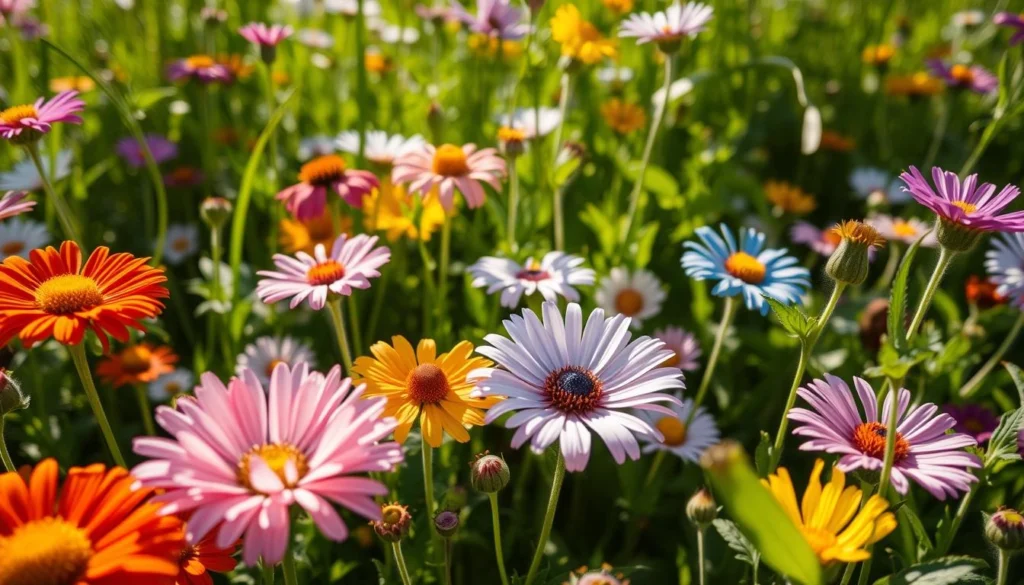
Photography can make us appreciate wildflowers more22. By showing the beauty of these plants, we can encourage others to protect them. Your photos can help teach the importance of sustainable landscaping.
Wildflower photography connects us to nature in a special way20. It lets us share our love for nature with others. This can inspire people to care for and protect our ecosystems20.
Conclusion
Start your wildflower gardening journey and discover the wonders of these plants. With the right knowledge and care, you can turn any area into a colorful display of botanical diversity. Growing native plants not only beautifies your garden but also helps our local ecological landscapes. It also supports the health of pollinators and wildlife23.
Whether you’re an experienced gardener or love nature, exploring wildflowers is a fulfilling path. It inspires, educates, and connects you with nature’s beauty. By using sustainable horticulture and supporting pollinator conservation, you help keep our ecosystems balanced24.
Begin your wildflower adventure and watch as your outdoor spaces become lively, thriving spots. These spaces will not only enhance your life but also the natural world around you25.
